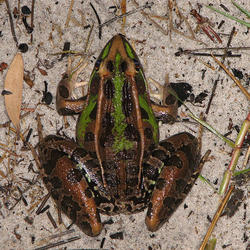Environmental Health Featured Science Activities
Learn About Our Science Activities
Our science activities are summarized in a series of feature articles that highlight recent U.S. Geological Survey (USGS) environmental health science activities. They are short summaries of peer-reviewed journal articles and USGS reports co-authored by our specialized teams of scientists.













